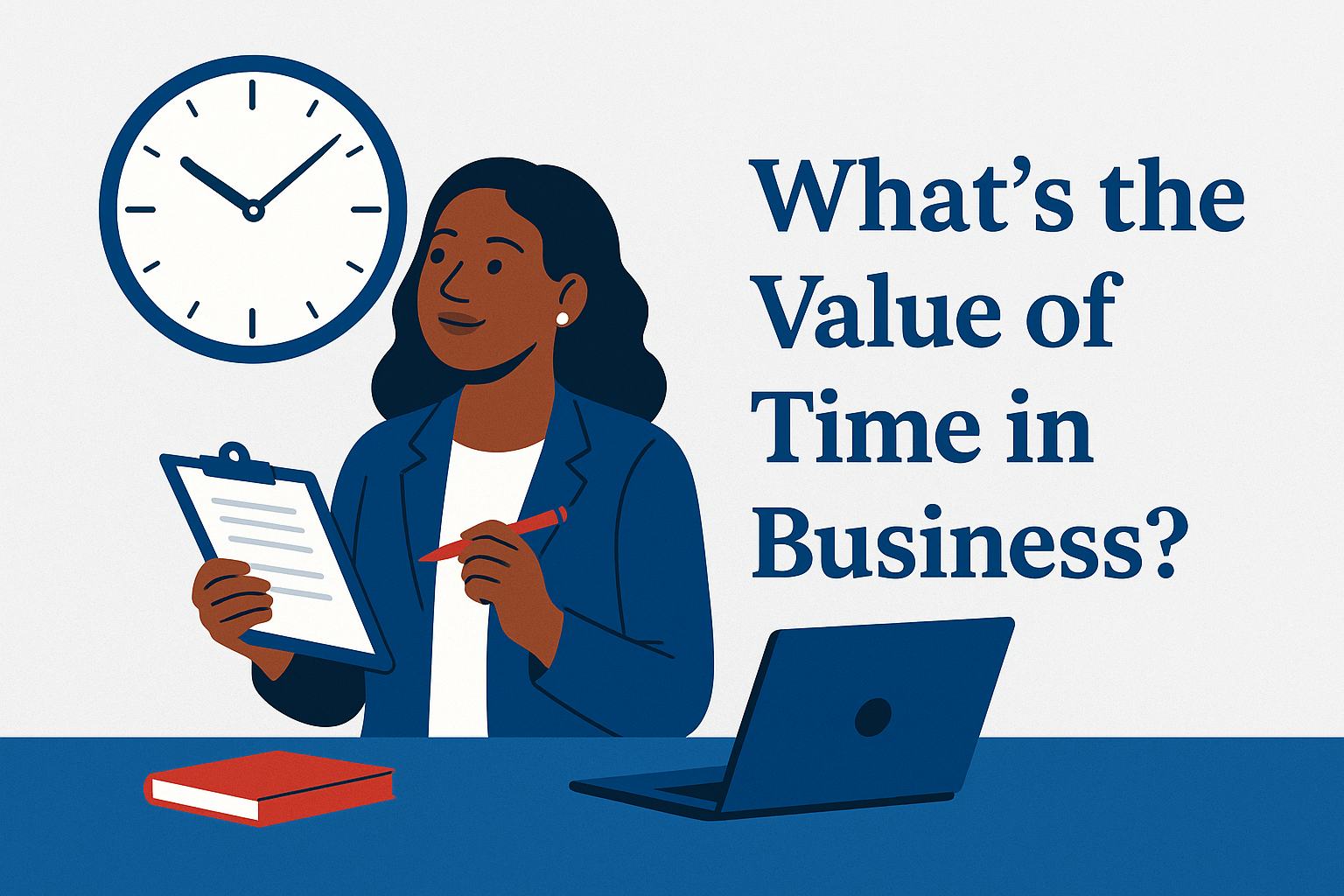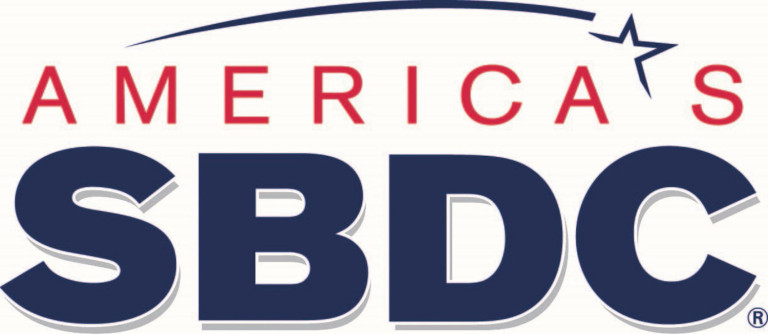Financial Freedom Friday
Let’s talk about how to monetize your scalable offer before you quit your job—or worse, before the job disappears on you. I learned the hard way why this isn’t just good advice—it’s essential.
Back in 2017, I was laid off unexpectedly. I had been helping other entrepreneurs start businesses for years, so I figured I could do the same for myself. The timing seemed right. I had ideas. Passion. Just enough savings to make a go of it. But when the money ran out and success hadn’t arrived yet, I did what a lot of new founders do: I turned to high-interest credit cards to stay afloat.
Everyday expenses. Branding. Tools. Courses. I thought I was investing in my future—but really, I was buying time I didn’t know how to use yet. I was building something real, but the bills didn’t care about potential.
A friend showed me this video the other day. With the debt I’d accumulated trying to build Backbone America, while also trying to stay afloat with my living expenses, I was right here in 2017/2018.
The second time around, it was different. I had a job again. A stable paycheck. I wasn’t relying on credit cards. I had the ability to fund my restart with intention. That margin created opportunities without the stress of debt. I could test, refine, and grow—without desperation clouding every step.
That’s the difference I want you to understand.
You don’t have to quit your job to build freedom. But it is important to start monetizing your scalable offer—before your paycheck disappears.
What Does It Mean to “Monetize Your Scalable Offer”?
When I say “monetize your scalable offer,” I don’t mean build a fancy funnel or launch with a big team. I mean this: Make money from something you can sell more than once without doing more work every time.
That might sound obvious—but for first-time entrepreneurs, it’s easy to blur the line between a business and a hustle. A scalable offer isn’t just about what you can do. It’s about what you can sell repeatedly without starting from scratch each time.
If you’re wondering what that looks like, here are a few beginner-friendly examples:
A digital template someone can download and use right away
A short course or mini-training that solves one specific problem
A service that follows a repeatable process, not a custom build every time
The point isn’t perfection—it’s structure. A scalable offer is one that gives you options: to grow, to automate, or to deliver with less hands-on effort later.
But before you can scale it, you have to monetize it.
That means asking real, practical questions like:
Will someone actually pay for this?
How do I collect payment?
How do they get what they paid for?
You don’t need a full-blown website. But you do need clarity.
Monetizing your scalable offer means setting up the simplest path between a buyer and your delivery. That could be as simple as a payment link and a Google Drive folder. No bells. No whistles. Just proof that your idea solves a problem worth paying for.
That’s where financial freedom starts—not with going viral, but with someone saying “yes” to what you’ve built.
Why You Don’t Need to Quit Yet

Your paycheck isn’t holding you back. It’s holding the foundation steady.
When I relaunched Backbone America the second time, I didn’t need the business to pay my rent. That gave me space to think clearly, experiment, and reinvest without fear. I could build from strategy—not survival.
And here’s the part that doesn’t get said enough:
Employment can be your biggest investor.
You’re not “double-dipping.” You’re self-funding and building owner equity. Your job is covering your personal needs so your business doesn’t have to—not yet. That means:
You don’t have to underprice your offer just to get a sale
You can choose the tools and systems that work long-term, not just the cheapest option
You can build a business you actually want to run—not one that burns you out
There will come a time when you’re ready to go full-time. But that’s not the starting line. That’s a milestone—and one you’ll reach with a lot more peace if you give yourself the financial margin to get there wisely.
The Real Money Questions You Should Be Asking
When you’re just getting started, most of the advice out there skips ahead. You hear about 6-figure launches and fancy funnels—but nobody talks about the first money decisions. The small, quiet ones that matter most in the beginning.
These are the questions that actually shape your early momentum:
💬 “Will someone really pay for this?”
It’s easy to get stuck in perfection—building, refining, tweaking—but the real test isn’t what you like. It’s what people are willing to exchange money for. Can you solve one problem well enough that a stranger would pay to avoid the hassle?
💬 “How much should I charge?”
Pricing for the first time can feel like guesswork. But here’s a guide:
Charge what reflects the value of the transformation, not the hours it takes you.
And if that feels hard, start with what feels fair—and raise it once you’ve proven the result.
💬 “How do I accept payment?”
You don’t need a full storefront or complicated checkout process. Use what works now:
Stripe or PayPal for payments
Google Drive or Notion for delivery
An email confirmation you write yourself
Done is better than built out. You can optimize later.
💬 “Can I do this without going into debt?”
Yes. And you should.
Use the tools you already have access to—free design software, low-cost website builders, pay-as-you-grow platforms. Limit your startup costs so your first sale actually counts toward profit, not debt repayment.
💬 “What happens after someone buys?”
This is where systems come in—but they don’t have to be complicated.
You need three things:
A clear way to deliver what was promised
A thank-you message or onboarding email
A way to keep in touch (start building your list early)
These aren’t just tasks. They’re trust-builders.
And building trust is how you earn your second, third, and tenth buyer.
The Money-Making Path: From First Buyer to First Breakthrough
 Once you’ve answered the early money questions, the next step isn’t scaling—it’s proving. And the proof starts with one buyer.
Once you’ve answered the early money questions, the next step isn’t scaling—it’s proving. And the proof starts with one buyer.
Not a launch. Not a following. And definitely not counting on viral posts.
One person. One purchase. One result.
That first sale is more than validation—it’s insight. It tells you:
Which part of your offer resonated
What people are willing to pay for
What language made them say yes
It’s tempting to rush from idea to income goal. But if your offer isn’t converting at a small scale, it won’t magically work at a large one. That first buyer gives you data. Your next few buyers help you refine delivery. And once you’ve got a few paid confirmations that the offer works? Then you can begin shaping a system that supports growth.
This is also where money decisions start to shift.
When you earn that first $100, ask:
“Where can I reinvest this so I can earn $200 next time—without doubling the effort?”
That might mean:
Upgrading from manual delivery to an automated system
Hiring a designer to clean up your materials
Setting up a lead magnet to start building your list
You don’t need to scale all at once. But every sale gives you a little more room to make the next one easier, cleaner, or more profitable. That’s the path.
Freedom isn’t built in one leap. It’s built in layers.
Why Timing Your Quit Is a Financial Decision, Not an Emotional One
It’s easy to romanticize the leap. We picture walking away from a job with a backpack full of dreams and never looking back. But quitting too early doesn’t just create pressure—it can actually stall your momentum.

If your business has to perform under panic, it likely won’t perform at all.
I’ve been there. The first time I launched Backbone America, I didn’t have a financial runway—I had hope. Hope doesn’t cover bills. And when sales didn’t come fast enough, the pressure to make money now led to reactive decisions: discounting too soon and too much, saying yes to things I didn’t want to offer, or throwing money at tools I wasn’t ready to use. I was all over the place, while trying not to panic about my finances.
Here’s what I want you to hear clearly:
Don’t let emotion set your exit date. Let your numbers do that.
A few signs that quitting might be premature:
You’re still figuring out who your offer is really for
You don’t have consistent sales (even in small numbers)
You haven’t built a basic system for payment + delivery + follow-up
You’re relying on savings or debt to bridge your personal expenses
Instead of asking “Am I ready to quit?” try asking:
“What would it take for me to cover 25% of my expenses with this offer?”
“Can I make that happen while still employed?”
“What would I do differently if I gave myself 6 more months to build first?”
You’re not stalling. You’re setting yourself up to win.
Final Takeaway: Build Your Cushion Before You Leap
There’s nothing wrong with wanting to leave your job. But your business should feel like an open door—not an emergency exit.
The goal isn’t just to launch something that makes money. The goal is to build something that gives you choices. That means starting now, while your bills are covered, your mind is clearer, and your timeline is yours to set.
Freedom comes from ownership—not just of your time, but of your financial decisions.
If you start monetizing your scalable offer before you walk away from your job, you’ll give yourself the best of both worlds:
A paycheck that funds your vision
A business that grows at a pace you can manage
A runway that’s not built on pressure or panic
You don’t have to quit today to start building the life you want.
But you do need to start selling something that can support that life—before your paycheck disappears.
Stay focused. Stay funded. Stay free.
If you’re figuring out how to build a business that fits your life—and actually funds your future—join the Backbone America mailing list.
We send real strategy, not fluff. No hype. No empty promises. Just smart systems, tested tools, and honest insight.






